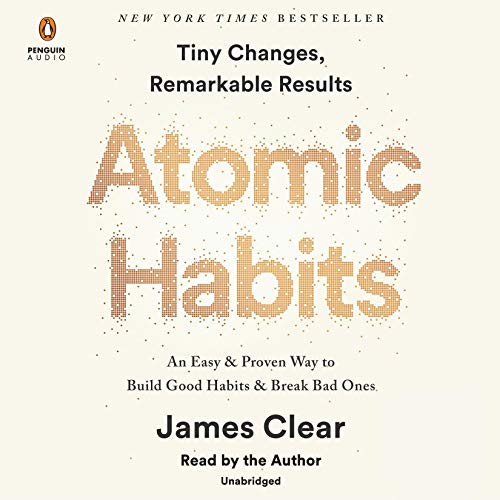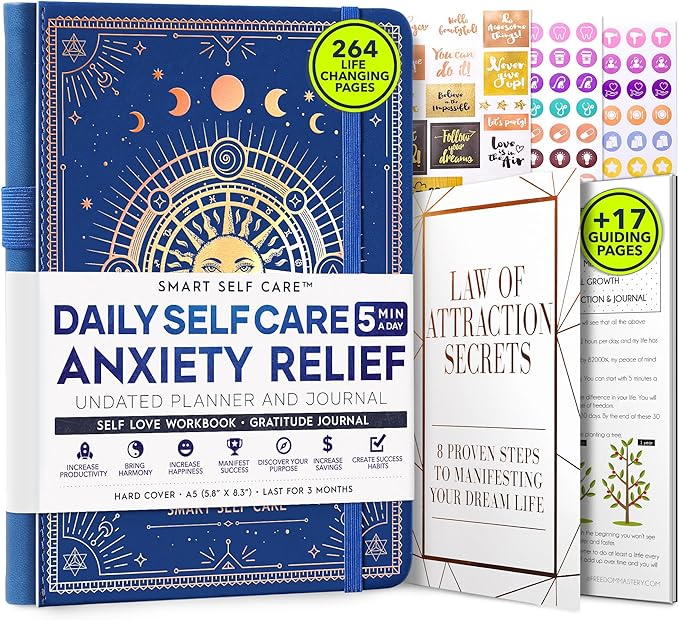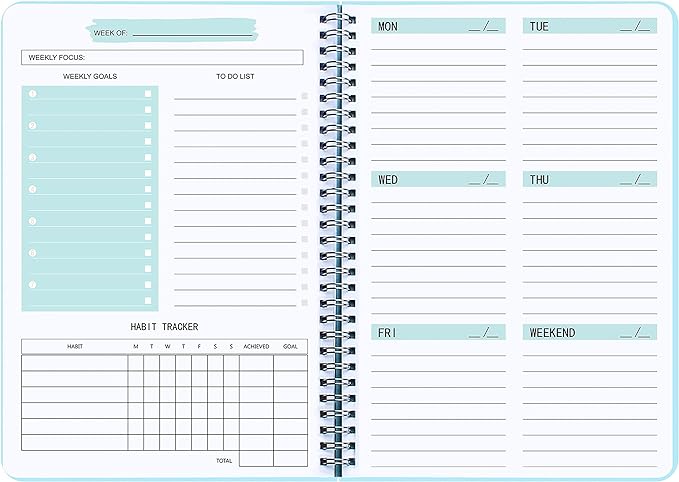The Pie of Life: Creating a Work-Life Balance
In today’s fast-paced and demanding world, achieving a healthy work-life balance has become a crucial aspect of overall well-being. The Pie of Life diagram is a powerful tool that can help individuals allocate their time effectively and create a harmonious balance between work, family, and personal interests. This diagram allows individuals to visualize and organize the various categories of time they spend in a day, enabling them to make conscious choices about how they spend their time.
Time Categories in the Pie of Life
The Pie of Life diagram consists of several categories of time that individuals spend in a day. These categories represent various aspects of life, including work, family, self-care, and responsibilities. By providing a visual representation of these different components, the Pie of Life diagram enables individuals to understand their overall time allocation and identify areas for improvement.
1. Work: The pie slice allocated to work represents the time individuals spend engaged in their professional activities. This can include time spent at work, commuting, and work-related tasks outside of regular office hours. It is important for individuals to recognize the importance of maintaining a healthy work-life balance by setting clear boundaries between work and personal time.
2. Family: The pie slice allocated to family represents the time individuals spend with their loved ones. This can include time spent with family members, friends, or significant others. Investing in quality time with loved ones is essential for maintaining connections and fostering healthy relationships.
3. Self-Care: The pie slice allocated to self-care represents the time individuals spend taking care of themselves. This can include activities such as exercise, meditation, reading, pursuing hobbies, and maintaining a healthy lifestyle. Prioritizing self-care activities is essential for maintaining mental well-being and physical health.
4. Responsibilities: The pie slice allocated to responsibilities represents the time individuals spend fulfilling obligations and responsibilities outside of work and personal life. This can include tasks such as running errands, paying bills, completing household chores, and maintaining a savings account. It is important to strike a balance between responsibilities and personal time to ensure a sustainable life.
5. Sleep: The pie slice allocated to sleep represents the time individuals spend resting and rejuvenating. Adequate sleep is essential for overall health and well-being. It is essential to create a consistent sleep routine and prioritize getting enough sleep each night.
6. Personal Growth: The pie slice allocated to personal growth represents the time individuals spend engaging in activities that foster personal development and growth. This can include activities such as reading, attending workshops or seminars, pursuing hobbies, or pursuing spiritual growth. Investing in personal growth can help individuals feel fulfilled and well-rounded.
7. Other: The pie slice allocated to other represents the miscellaneous time individuals spend in a day. This can include activities such as commuting, running errands, or engaging in leisure activities that do not fit into specific categories. It is important for individuals to allocate this time effectively and allocate it according to their preferences and goals.
The Importance of Examining Priorities
Examining our priorities is key to creating a healthy work-life balance. By identifying what truly matters to us, we can make conscious choices about how we allocate our time. This may involve setting boundaries, saying no to unnecessary commitments, and delegating tasks whenever possible. By prioritizing activities that bring us joy and fulfillment, we can achieve a greater sense of work-life balance.
Leveraging Services and Tools to Achieve a Balanced Life
Utilizing services and tools can greatly assist individuals in achieving a work-life balance. Consider outsourcing tasks that can be delegated, such as household chores, errands, or administrative tasks. This frees up time that can be allocated to more fulfilling activities. Additionally, utilizing technology such as time management apps or productivity tools can help streamline tasks and improve productivity, enabling individuals to allocate their time more effectively.
Drawing the Pie of Life
Drawing the Pie of Life diagram on a paper or creating a diagram in a computer can help individuals gain clarity about their overall time allocation. By visually breaking down the different categories of time, individuals can evaluate where their time is going and identify areas for improvement. This visual representation can serve as a starting point for setting goals and making informed decisions about creating a more balanced life.
Setting Boundaries and Addressing Challenges
While creating a work-life balance is essential for overall well-being, it is important to set boundaries and establish clear priorities. Setting boundaries can help prevent burnout and ensure that time is spent on the activities that truly matter. However, setting boundaries can also present challenges such as guilt or resistance from others. Individuals may need to practice assertiveness and effective communication to establish and maintain boundaries.
In conclusion, the Pie of Life diagram is a powerful tool for visualizing and organizing our time. By allocating time to different aspects of life such as work, family, self-care, and responsibilities, individuals can create a more balanced and fulfilling life. Examining priorities and utilizing services can further assist individuals in reaching their goals. Drawing the Pie of Life diagram on paper or creating a diagram in a computer can provide a visual guide for evaluating and improving time allocation. Remember, achieving a healthy work-life balance is a journey that requires continuous evaluation and adjustment.





